The Sun Just Shocked Scientists With First Aurora Ever Seen
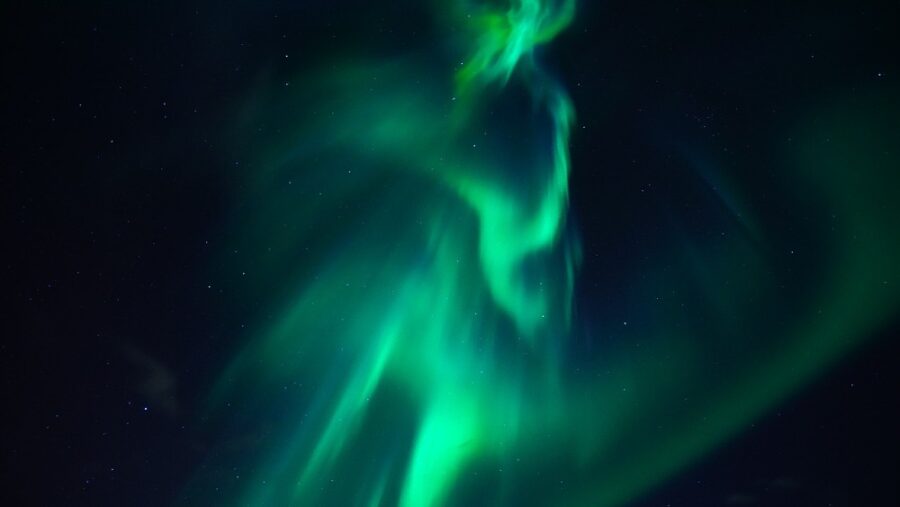
The Sun appears to have its own version of the Northern Lights. According to Live Science, astronomers have recently sighted what appears to be something like an aurora on the Sun, creating a visual burst of radio waves across the sun’s surface that looks very much like Earth’s Northern Lights. The aurora signal, which has been detected by scientists for the first time in recorded history, was caused by electrons that sped through a sunspot on the surface of the star.
What Is A Sunspot?
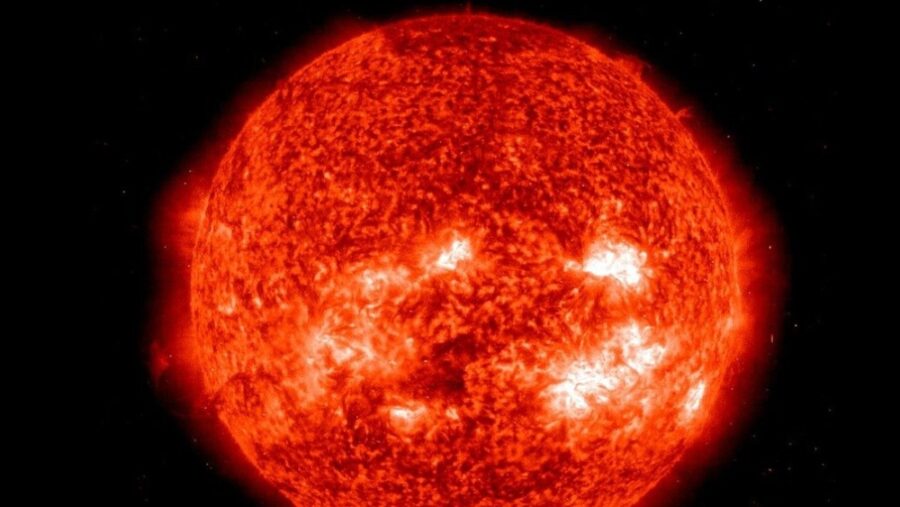
A sunspot is a dark spot on the sun caused by magnetic warping, above which the scatterings of radio waves were detected over the course of seven days. The aurora happened some 25,000 miles—or 40,000 kilometers—above the sunspot. Similar radio signals have been picked up from stars before, but those were at a greater distance from our solar system.
A First Of It’s Kind Signal
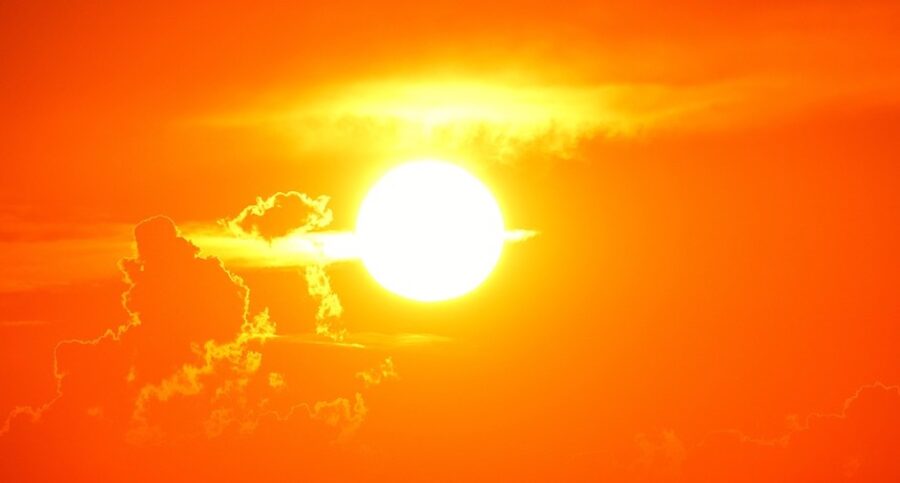
This is the first time astronomers have recorded this type of signal from the Sun, an unprecedented event, the findings from which were published in the journal Nature Astronomy on November 13. According to Sijie Yu, lead author of the study and astronomer at the New Jersey Institute of Technology’s Center for Solar-Terrestrial Research (NJIT-CSTR), the signal is different from those previously detected in its duration as well as its location. Most of these signals are short bursts that last a few minutes or a few hours, but these from our sun were detected over the course of several days.
Auroras And Magnetic Fields
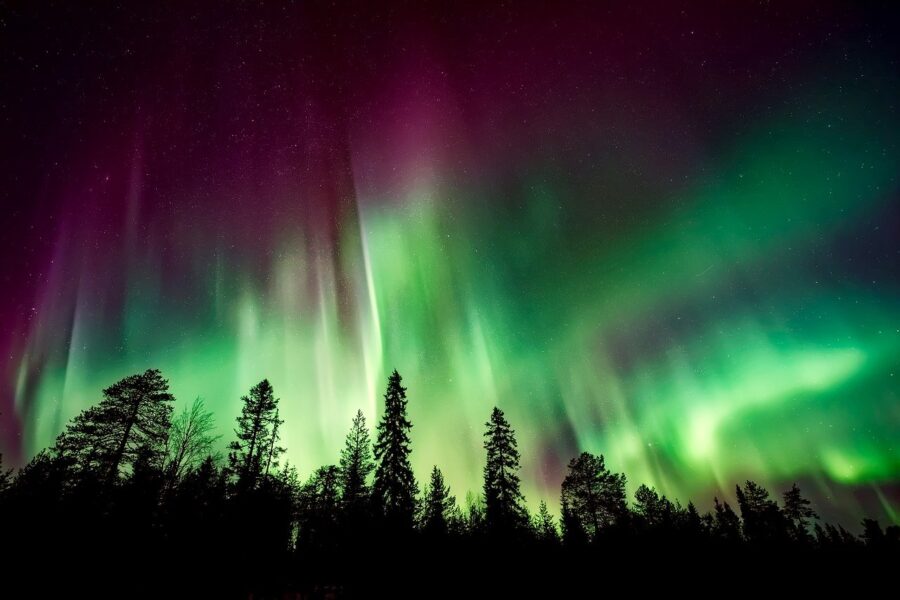
The detection of these auroras on the Sun, according to Yu, could change our understanding of the magnetic processes of stars. Auroras on Earth happen when energized solar particles speed through the atmosphere of our planet in regions close to its poles. These areas have the weakest magnetic field protection, allowing the particles to pass through and excite nitrogen and oxygen molecules, resulting in the dancing sheets of color in the sky known in the northern hemisphere as the Northern Lights or aurora borealis.
Normally on the sun, debris is ejected from the solar surface by twisting magnetic fields near sunspots that tie themselves in knots before breaking. This releases energy that throws out explosions of radiation known as solar flares and coronal mass ejections—or CMEs—which are bursts of solar material. Scientists believe these solar flares accelerated electrons across the magnetic field lines of the sunspot, resulting in the emission of radio waves similar to an aurora.
How The Sun Aurora Differs From The Ones On Earth

Astronomers were able to detect this activity on the Sun by aiming a radio telescope at the sunspot. But according to Yu, the auroras detected over the sunspot differ from those we see on Earth, which occur in a range from 100 to 500 kHz. By contrast, these newly detected solar auroras “occur at frequencies ranging from hundreds of thousands of kHz [kilohertz] to roughly 1 million kHz.”
This is because the magnetic field of the sunspot on the Sun is thousands of times as strong as the magnetic field of Earth. The detection of these new signals, according to the researchers who recorded them, have unlocked new possibilities for studying solar activity and have already sent them digging through archived solar data to look for clues that might indicate previous auroras of this type.
A New Approach At Understanding Magnetic Fields In The Universe
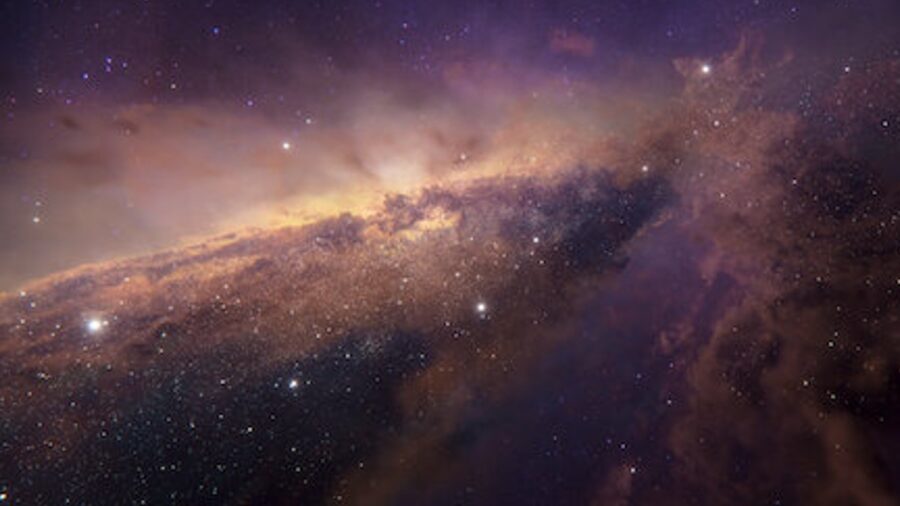
NJIT solar physicist Surajit Mondal, a co-author of the study, says these findings are helping astronomers figure out how magnetic fields interact with energized particles, not only in our own solar system, but in other star systems whose stars have star spots that last for long periods.












